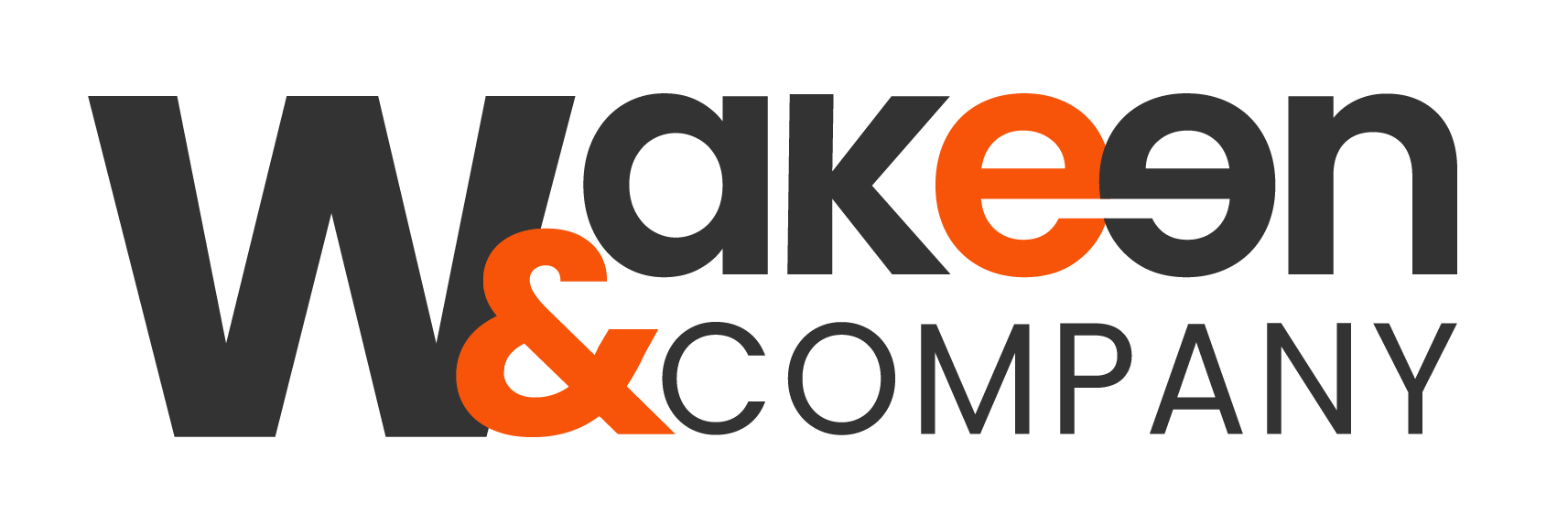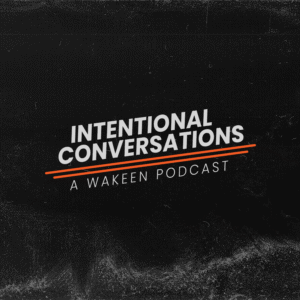In this Blog:
- Marketing Defined
- The Role of Advertising
- Key Differences
- Investment
- Timing
- Audience
I’m a marketer. I’m also an advertiser. Many people I talk to use these terms interchangeably or get confused with how they are different. If that’s you, then no worries, it’s a common mistake. Let’s break down some of the key differences.
Marketing Defined
Marketing is the big-picture stuff to communicate your brand. The American Marketing Association defines it in basic terms, as the process of identifying customer needs and determining how best to meet those needs. It is everything a company does to understand who their customers are, create the products/services they want, set prices that make sense, and get those products or services into people’s hands. It is the master plan for making engagement happen and covers everything from market research to customer relationships. Think strategy.
The Role of Advertising
Advertising is one of the tools that makes customers notice your marketing efforts. Some others include public relations, branding, and digital asset management. Whether it’s a catchy TV commercial, a sponsored Instagram post, or a billboard on the highway, advertising is all about grabbing attention, generating interest, and persuading consumers to take action. Think tactics.
Key Differences
The difference is subtle, which adds to the confusion, but if you think about it in three categories – investment, timing, and audiences – then the delta between the two becomes a lot clearer. Clearly delineating marketing vs. advertising can help with business plan alignment and communicating resource needs.
1. Investment:
- Marketing: Effective marketing typically requires a significant commitment to resources even if you aren’t investing in paid advertising. Organic tactics, such as social media engagement, content development, and networking all require time and brainpower. This could involve hiring a marketing team, engaging with a public relations firm, conducting market research, joining associations, and developing long-term strategies. What are you able to do well within your available resources?
- Advertising: Almost always requires a financial investment. Costs include media placements, creative development, and campaign management. While the financial commitment can be substantial, the potential return on investment can be worth it if the advertising is effective.
2. Timing:
- Marketing: Usually encompasses evergreen or long-term goals. Strategies are developed to build brand equity, loyalty, and sustained growth over time. MARCOM activities, such as content creation, social media presence, and customer relationship management, are ongoing and adaptive. Have you mapped your customer journey?
- Advertising: Typically thought about as campaigns tied to specific, measurable results. For instance, promotional periods flighted during key seasons or business cycles. These are commonly driven by specific goals, such as increased sales, lead generation, or heightened brand awareness.
3. Audiences:
- Marketing: Aims to create a holistic understanding of the brand and foster relationships with a broad range of people. Awareness, education, and engagement efforts directed towards existing customers, and new potential audiences, along with internal employees, partners, and stakeholders. How is your brand perceived among the communities you serve?
- Advertising: Specifically aimed at attracting new or reconnecting with existing customers. It focuses on reaching specific demographic or psychographic segments identified during the planning process and persuading them to take the desired action, such as making a purchase or signing up for a service.
Bonus Resource: Download our Digital Audience Targeting Guide
How Marketing and Advertising Work Together
In the end, it’s easiest to think of Marketing as the big umbrella covering all the various ways and channels a company communicates its message. Advertising is only one piece of that puzzle, albeit a pretty important one. If done effectively, and with intentionality, your Marketing disciplines work in tandem, leverage consistent messaging, and drive towards the same end goals.
Not every business requires Advertising to sustain operations, but all of them need Marketing in some shape or form. Organizations who do Advertise should ensure that campaigns align with their broader Marketing Strategy to maximize investment and support sustainable growth.



